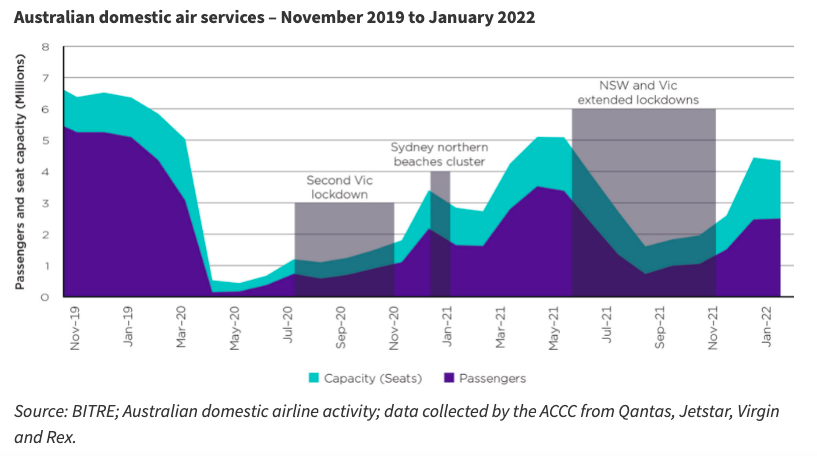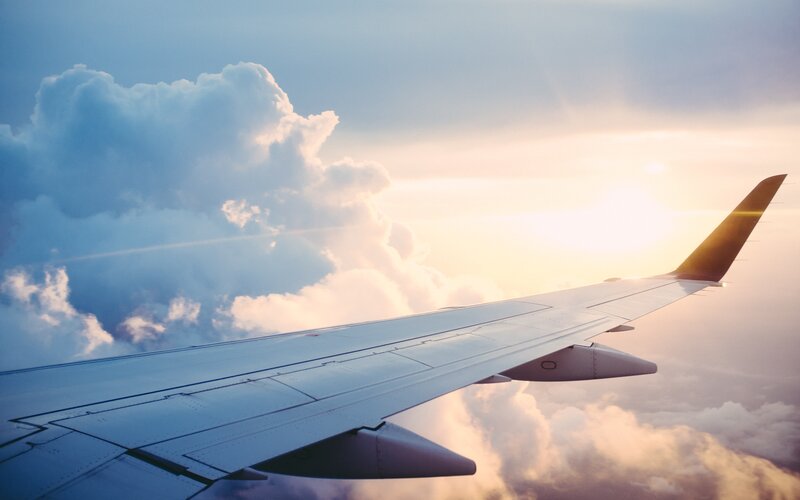The Australian Competition and Consumer Commission's (ACCC) latest Airline Competition in Australia report said an increase in flight paths from established carriers and greater competition on budget flights means cheaper airfares for domestic travel this year.
According to the report, new ‘ultra-low cost’ airline Bonza is set to enter the domestic travel market from mid-2022 and will fly on 25 routes connecting 16 destinations across Queensland, New South Wales and Victoria.
Bonza is aiming to fill a gap in the domestic airline market, with 80% of its initial route network not currently offered by any airline.
Bonza will directly connect residents in Melbourne and other Victorian locations with destinations including the Sunshine Coast, the Whitsundays and Mackay.
ACCC Chair Rod Sims said the watchdog will monitor how the existing airlines respond to this new competition.
"We will keep an eye out for any anti-competitive capacity increases or pricing practices," Mr Sims said.
"We will pay particularly close attention to incumbent airlines entering any of the new routes announced by Bonza."
Report shows an itch to travel
The quarterly report showed scheduled capacity reached 95% of pre-pandemic levels in the week of Christmas, but within days airlines were forced to cancel hundreds of flights as passengers and airline staff went into isolation.
The report said there are positive signs that demand is starting to pick up following the Omicron peak in January.
The airlines are citing early bookings for the Easter holiday period, and the Qantas Group has forecast a return to pre-pandemic domestic flying between April and June.
New routes, more competition
The report said many consumers already have more choice as a result of Rex expanding into intercity routes and Virgin returning to some routes it previously left.
There are now nine routes in Australia serviced by the three airline groups: Qantas, Virgin and Rex.
"The Australian domestic airline industry has predominantly been a duopoly since deregulation 30 years ago, but we now have three airline groups competing on some of Australia’s busiest routes," Mr Sims said.
"We’ve seen significant price reductions on these routes due to increased competition.
"Each airline is working hard to win over consumers and as they continue fighting for market share, we can expect competitive airfares, improved connectivity, and better products and services."
Petrol prices may pose a threat to cheaper airfares
The report said jet fuel and labour are the two largest cost inputs for airlines.
Jet fuel prices were generally low through the pandemic, but hit an eight-year high in February and have since increased further.
However the report said the airlines have cut costs by reducing their labour and renegotiating more favourable aircraft terms of lease and redesigning product offerings.
Image by Ross Parmly via Unsplash



 Denise Raward
Denise Raward
 Harry O'Sullivan
Harry O'Sullivan

 Aaron Bell
Aaron Bell

